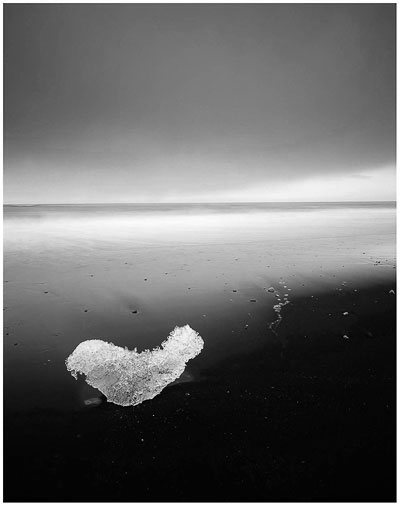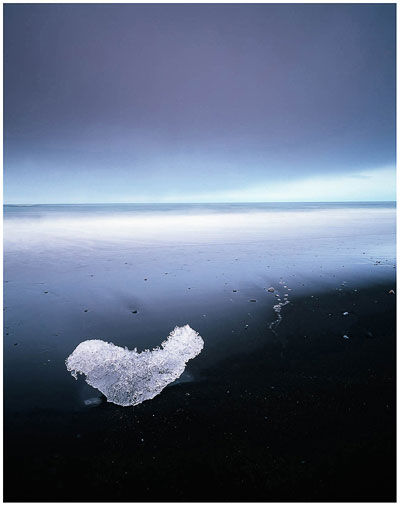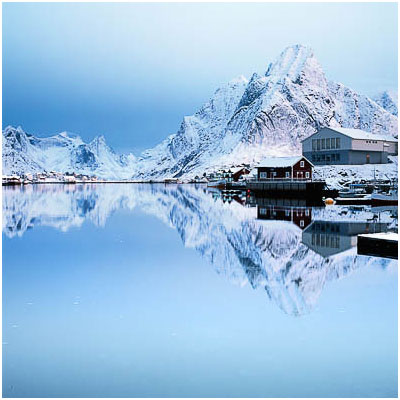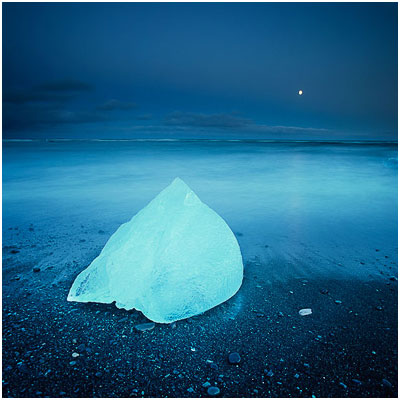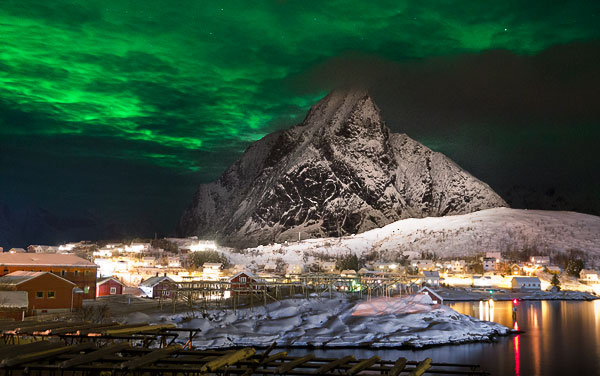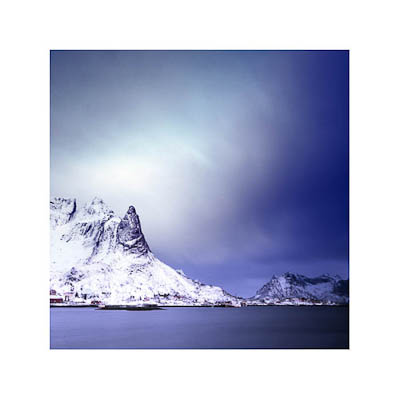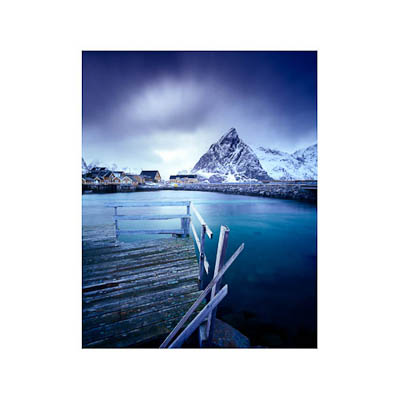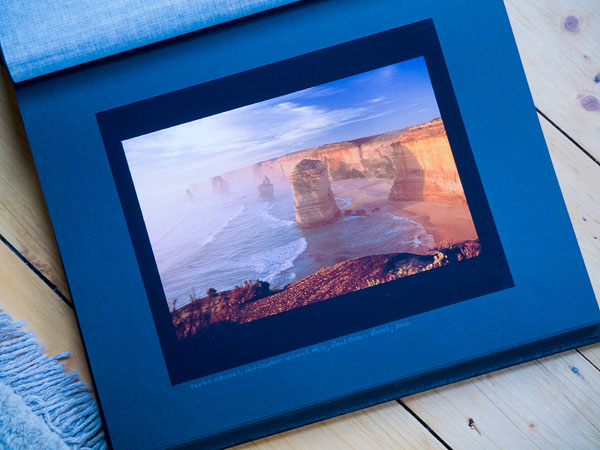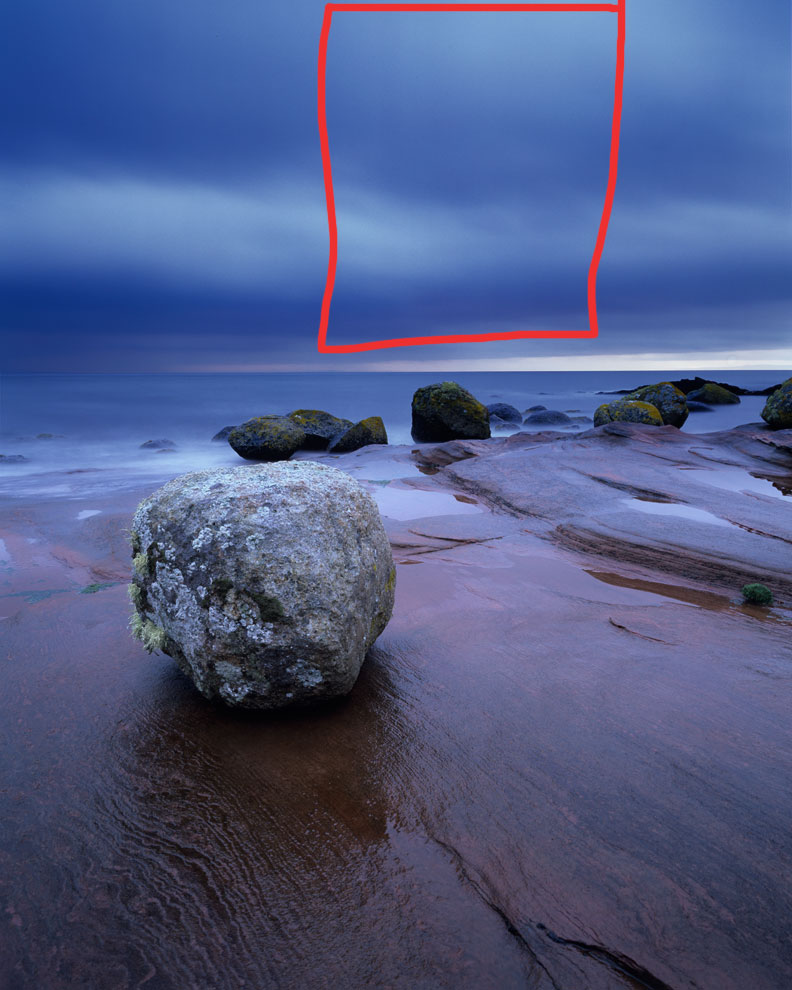Disclaimer: This was originally posted in 2013. I've updated it.
Before I begin this posting, I wish to stress that this topic is specifically about landscape photography. I do believe high-dynamic-range is a feature much needed in many realms of photography. I've put this article together to really play devils advocate, and to hopefully make us think more about what we know about light, and whether working with narrow dynamic range systems is actually good for our learning and development as a photographer.
Every once in a while, I get into a conversation with someone who says we no longer need grads, and is looking forward to the release of some new camera that claims to have more dynamic range than the current models available.
I'd like to put forward the argument that having less dynamic range is a good thing and that working with limitations is a good thing, indeed, I feel it has been of great benefit for me to work within the narrow confines of a film that typically has a DR range between 3 and 5 stops.
My reasoning for this is this: In my experience, good light tends to be soft light, and soft light tends to have a low dynamic range. Also, by working in a narrower band of light, you start to really 'see' more, and notice tonal responses in the landscape that won't work for you. In essence, you become more aware and also more selective about what you shoot. This, in my opinion can only be a good thing, as photography is really the art of learning to 'see'.
I've learned a lot about light because I had to figure out how to get all the tones of a scene into a limited dynamic range. I've had to go through the pain of shooting in crap light and getting my images home and realising they looked a lot worse than images shot in soft light.
I can fully appreciate that wanting to have a wider DR available would allow us to shoot more scenes, but I'm not convinced that those other scenes will be better. There is a reason after all why we tend to shoot during the golden hours and during overcast days: the light is soft and it tends to render more pleasing tonal graduations. Being able to work with a wide dynamic range may mean you can shoot more, but I'm not convinced the resulting work will be pleasing.
Perhaps the real issue at hand is this: we want to be able to shoot anything, at any time, the way we want.
I have always come at photography from the point that it is a life-long journey in learning to 'see' and finding out where the technical boundaries are, and how best to work within them. There will always be technical boundaries.
For me, I'm happy with my limited range film. I've often found great experiences are learned from working at the boundaries of any medium and I've often found limitations make me work better too. Working with a narrow band of light has taught me a great deal about which tones I can shoot and at what times it may be possible to do so, and under which kinds of light conditions. It has given me a sense of clarity and of focus to my work.
Because of this, I now specialise, rather than try to be a master of many things. My process is simpler: less choice means less decisions, and therefore, a clearer picture of where it is that I want to go.
Improvements in photographic skill are done in small steps. We need to notice changes, and for this to happen, we need the changes to happen in manageable bites for our mind to digest.
Learning what good light is does not come from having a flexible system that can handle all kinds of light. This kind of system encourages us to be lazy. Instead, we have to do the work, and earn the knowledge.



